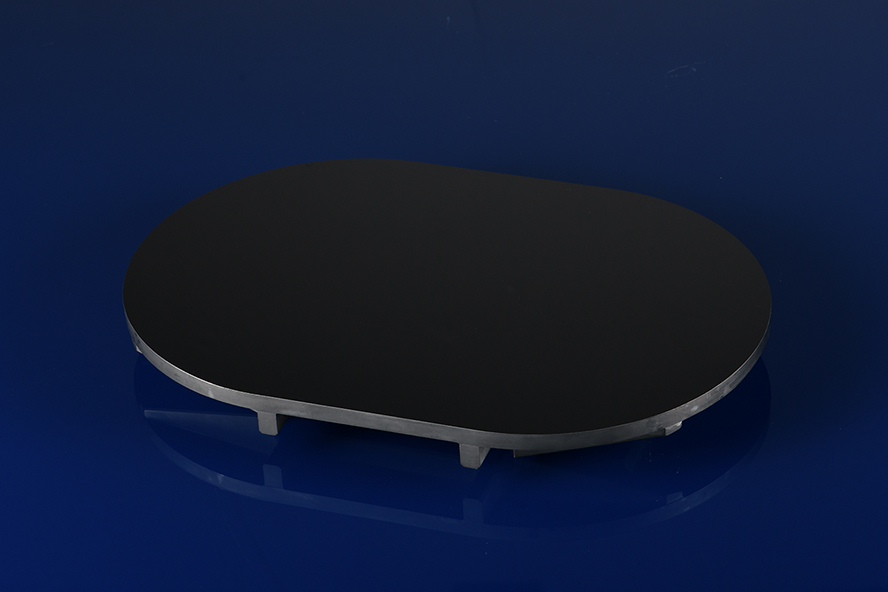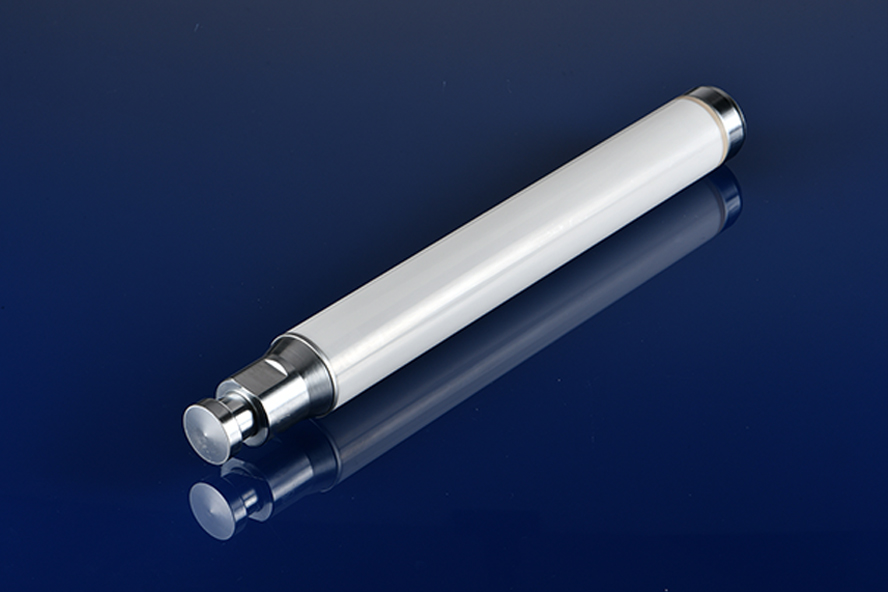Both zirconia and silicon carbide ceramics are excellent ceramic materials that have a wide range of applications. They all fall under advanced ceramics but there are differences between them in terms of chemical composition, properties, applications, and processing methods. The article will explore the differences between zirconia and silicon carbide ceramics in order to help manufacturers and engineers choose suitable materials.

1. Composition and structure of chemical compounds
Silicon carbide ceramics
SiC is the chemical formula for silicon carbide, and it is made up of carbon and silicon elements. The main crystallization is composed of the two polymorphs a-SiC and b-SiC. These have a high covalent strength and are characterized by excellent chemical and thermal stability, as well as hardness.
Zirconia ceramics
Zirconia has a chemical formula ZrO 2 which is an oxide ceramic that is based on the zirconium. Zirconia is composed of three different crystal phases, including the monoclinic, cubic, and tetragonal. It is monoclinic at room temperature. Zirconia, by adding stabilizing agents such as calcium or lanthanum to it, can be transformed into a cubic or tetragonal phase. This improves its strength and toughness.
2. Mechanical Properties
Hardness and wear resistance
Silicon carbide ceramics are extremely hard, having a Mohs Hardness rating of 9, which is close to that of diamond. Silicon carbide ceramics are ideal for high-wear applications such as cutting tools, pipes that resist wear, or mechanical seals. Zirconia, on the other hand, has a slightly lower hardness, with Mohs of 8 to 8.5. However, its wear resistance remains excellent even under low friction conditions.
Resistant to fracture and resilience
Zirconia ceramics, and especially the partially stable tetragonal zirconias (PSZ) are renowned for their exceptional toughness. The PSZ's phase-transformation toughening mechanisms improve fracture resistance significantly under stress. Zirconia ceramics have a fracture toughness that is 8-10 MPa* m1/2. This is higher than the average ceramic material. The fracture toughness is low for silicon carbide, only 3-4 MPa* m1/2. This makes it inferior to zirconia when high-toughness is required.
3. Thermal properties
Thermal conductivity
Silicon carbide ceramics have a high thermal conductivity, around 120-270W/m*K. They are suitable for high-temperature applications that require high thermal conductivity, like high-temperature furnace liners and semiconductor equipment. Zirconia, on the other hand, has a relatively low thermal conductivity, about 2-3 W/m*K, making it ideal for high-temperature insulation such as heat barrier and heat shield coatings.
High Temperature Resistance
The zirconia ceramics can withstand temperatures up to 1200 degrees C. However, silicon carbide ceramics are able to withstand temperatures as high as 1600 degrees C. Silicon carbide ceramics are able to maintain their structural integrity under extreme temperatures, whereas zirconia can undergo a crystal phase change or experience volume expansion.
4. Chemical stability and corrosion resistance
Silicon carbide ceramics
It is resistant to oxidation and stable in acidic, alkaline, or reduction environments. It is used widely in chemical equipment and corrosion-resistant parts, as well as high temperature gas purification systems. It is resistant to both acids and bases. This material also exhibits excellent chemical stability when heated.
Zirconia ceramics
Zirconia ceramics are also resistant to corrosion at room temperatures, however, their resistance is lower at higher temperatures, where they may be more susceptible to corrosion. Zirconia ceramics are less stable in certain environments that reduce. Zirconia, therefore, is used in environments that are neutral or mildly corrosive.
5. Electric properties
Silicon carbide ceramics
Ceramics made of silicon carbide have semiconductor properties, which are used to make high-temperature devices, power electronics components and diodes. MOSFETs and IGBTs and other devices with high-power, like high-temperature devices, are also widely available. Its conductivity and wide bandgap make it ideal for high-temperature electronic devices.
Zirconia ceramics
Zirconia has a very low conductivity and is therefore suitable for high-insulation applications. Doped zirconia is also suitable for use as an electrode material in SOFCs, owing to its good ion conducting properties.

6. Application areas typical
Applications of Silicon Carbide Ceramics
Kiln liner for high temperature
Chemical equipment with corrosion resistant components
Seals and bearings for mechanical seals
Heat exchangers with high temperature
The semiconductor industry uses wafer supports components
Use of Zirconia Ceramics
Dental materials (such as dental implants, dental implants)
Cutting tools and cutting tools
Bioceramics for Medical Devices
Thermal Barrier Coating
Solid oxide fuel cell
7. Cost and Manufacturing Process
Silicon carbide ceramics
It is a complex process, which involves sintering, hot pressing, and other methods. The production cost can be high, particularly when it comes to high-purity, high-performance materials. It is therefore subject to cost pressure in high-end applications.
Zirconia ceramics
Zirconia manufacturing is fairly mature. Adding stabilizers to the material can increase its toughness and processability. Zirconia is a relatively expensive material, but its processing and molding are easy. This is especially true in large-scale manufacturing, which makes it a cost-effective option.
You can also find out more about the conclusion of this article.
Zirconia and silicon carbide ceramics are used widely in various industrial sectors. With their high-temperature resistance, thermal conductivity and hardness, silicon carbide ceramics are a great choice for situations requiring high temperatures, high wear resistance and thermal conductivity. Zirconia is widely used in medical and bioceramics due to its excellent biocompatibility and high-toughness.
Ceramic materials are selected based on the application's requirements. This includes considering performance, price, and difficulty of processing.
Jundro Ceramics can provide you with technical ceramic processing services that can maintain stability and reliability in special scenarios according to your unique needs
Dongguan Jundro ceramics Technology Co.,Ltd
E-mail:info@jundro.com
Tel:+86-769-82913501
Fax:+86-769-82913801
Add: Room 306, Gate B, Unit 1, Block 2 South, No. 1 Yile Road, Songshan Lake, Dongguan City, Guangdong Province, China(523808)
© August Dongguan Jundro ceramics Technology Co.,Ltd- 2023